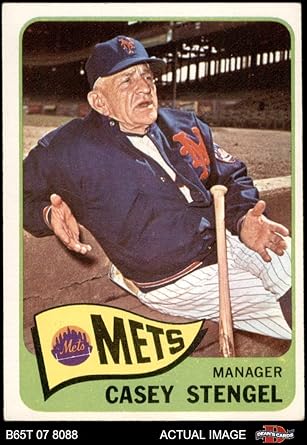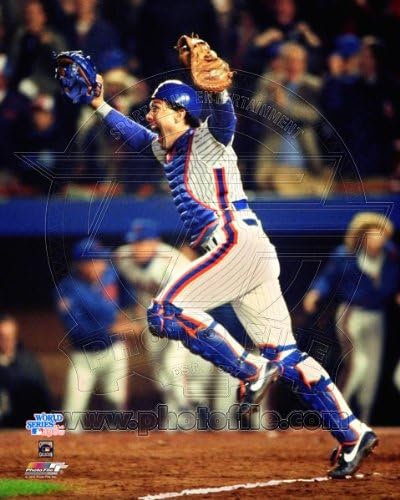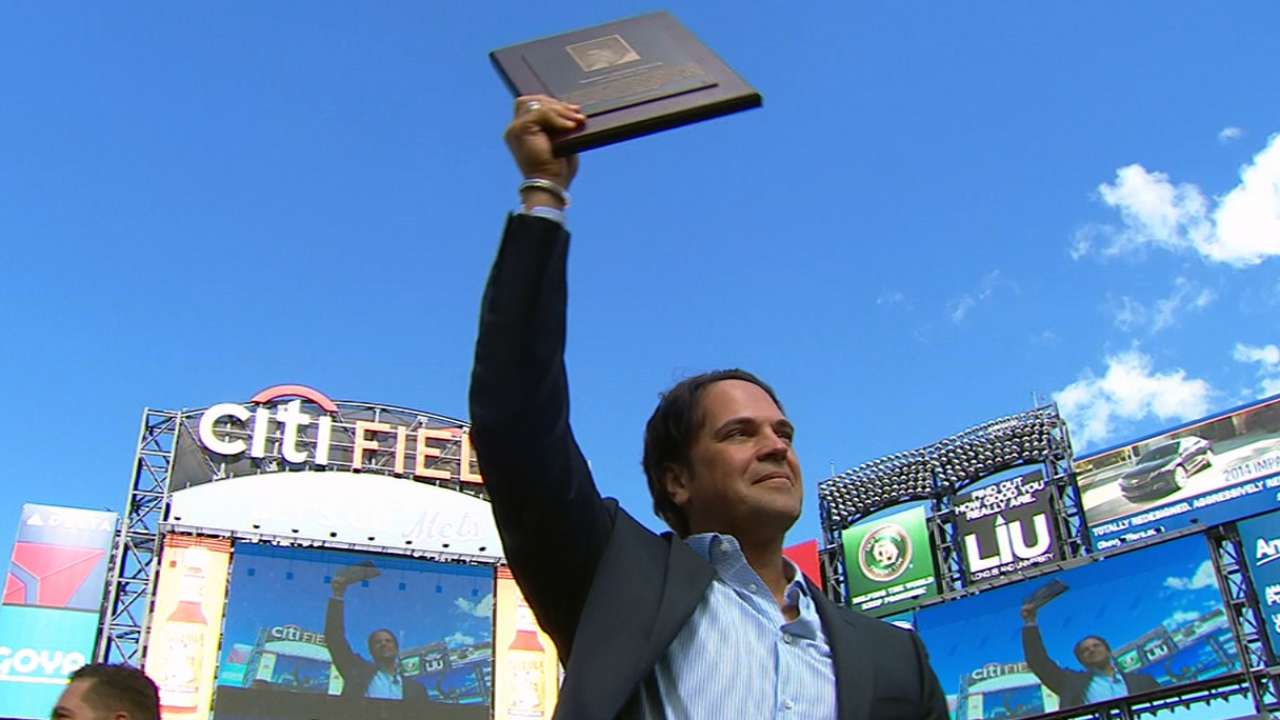Casey Stengel in selecting a catcher at the top of the 1962 Mets draft famously commented, “You have to have a catcher because if you don't you're likely to have a lot of passed balls.”
That philosophy might be a little oversimplified, but as Mets fans we have seen recently the outspokenness of pitchers who greatly prefer to throw to one receiver than another. Catcher has mostly been a defensive specialty for most teams throughout baseball history, but the Mets have also had their fair share of formidable bats as well who happened to earn their living by donning the tools of ignorance.
Gary Carter almost single handedly turned the mid-1980s Mets from pretenders into contenders. Not only was he highly respected as a pitch framer, a tremendous arm against potential base stealers, but he was also the best hitting player on the field who played the position of catcher. The Mets picked him up for a package of players that helped the Montreal Expos, but none were as valuable to them as Carter was to the Mets as he quickly led them to their second World Series victory in 1986. As a hitter, Carter was an 11-time All Star. In his first season with the Mets he hit 32 HRs and drove in 100, his second straight season eclipsing the century mark. In the championship year he knocked 24 HRs over the wall and managed to drive in still more -- 105, his third straight year hitting that plateau. Carter was with the Mets for most of four full seasons and then an injury-plagued 5th and forever cemented himself as a catcher most people would associate as the best all-around player to man the position for the Mets.
Now if the question was the best hitter, no one can pass what Mike Piazza did when the Mets acquired him from his very short stint with the Florida Marlins. In his long career he managed to earn 12 All Star berths while playing for both the Dodgers and Mets. He spent 8 seasons in New York, hitting in a way the Mets had never before seen from the catcher position. In his first full season in New York he hit 40 HRs, drove in 124 and batted .303. That’s not too shabby considering what they gave up to acquire him -- Preston Wilson, Geoff Goetz and Ed Yarnall. In his second full season the power numbers were down slightly to 38 HRs and 113 RBIs, but the average was up to .324. Overall during his 8 seasons in New York he hit .296 with 220 HRs and 655 RBIs. Many pitchers were not happy how he handled baserunners and the Mets made an aborted attempt to convert him to 1st base. Still, any time you get a second Hall of Fame caliber catcher in your team history, no one has the right to complain.
After those luminaries, it becomes quite a big dropoff in ability. Jerry Grote was an excellent defensive catcher that even Johnny Bench cited as the best in the league. Unfortunately his offensive contributions were a bit more mediocre. His best-ever season was during the 1969 World Championship when he hit .252 with 6 HRs and 40 RBIs. Those numbers are probably not enough to keep you in a job these days but he worked so well with the excellent pitchers the team had that the club felt he was most definitely an asset there. He was with the Mets for 12 years and twice was named an All Star.
Todd Hundley was a player who suddenly morphed from borderline offensive player to star caliber before the acquisition of Mike Piazza. He went from a 15 HR/51 RBI hitter with a decent .280 batting average in 1995 to an All Star caliber player in 1996 with more than double the totals of HRs and RBIs. He followed up his 41 HR season with a 30 HR season and it appeared as if the Mets had a solution until the whole era of PEDs took precedence and gave many players’ results something of a grain (or silo) of salt. After a 1998 team with Mike Piazza becoming the primary catcher and Todd Hundley tried inexplicably in the outfield, it was clear he no longer belonged in New York. He was sent to the Dodgers for the next two years, two in Chicago and one final return to Los Angeles to retire at age 34. He was a two-time All Star during his two high production years with the Mets, but that was it for his career.
Oddly, the Mets have a Mike Piazza lite in Wilson Ramos. No, he doesn’t have Piazza’s home run power or RBI tendencies but he is an offensive weapon and holds a career batting average of .275. In his first year in New York he hit .288 with 14 HRs and 73 RBIs despite missing some time with injuries. That’s nothing to sneeze at, but, like Piazza, the pitchers were not enthusiastic about having him behind the plate. He’s here for whatever 2020 becomes and there’s an option for 2021 which they’ll likely execute since the minor leaguers are not yet showing readiness for the position. He earned 2.2 WAR last year based mostly on superior offense and inferior defense. That would put him in the 30+ WAR range for his career. For purposes of comparison, Piazza was at double that number for his career and Carter with the superior defense was over 70.
There are other catchers who have held various short term stints with the Mets, including John Stearns, Mackey Sasser and others, but none stood out as much as these four top-of-the-heap players did while working for this ballclub.








5 comments:
Reese -
Morning.
A very talented foursome.
The most talented? A close race between Big Mike and Carter.
My favorite? Easy. Jerry Grote.
Grote would have been a starter in this era..decent bat, superb defender.
What I particularly liked about Jerry was the fact that he taught himself how to be an effective hitter went early in his career he was a terrible hitter. Winners figure stuff out.
He hit .195 as a 24 year old Met, changed his hitting approach, and hit .282 the next year, hitting over .300 as late as July 22 that season.
Big part of that 1969 team.
Johnny Stearns tends to be overlooked. Decent offensive catcher who knocked in 73 one year and stole as many as 25 bases.
Always like Stearns. He hurt his arm playing third base so Ron Hodges could get in the lineup. He was one of the few lights during a dark period.
He had the one season at age 26 in 1978 when he hit 15 HRs and drove in 73 with 25 SBs while hitting .264. That was his career best. He never approached any of those goals again and was out of baseball at age 30 due to injuries. He was a four-time All Star which shows you how bad the rest of the Mets team was given he's just a .260 career hitter.
Post a Comment